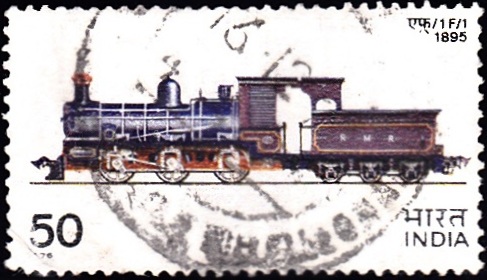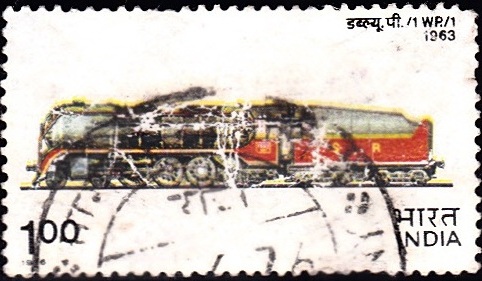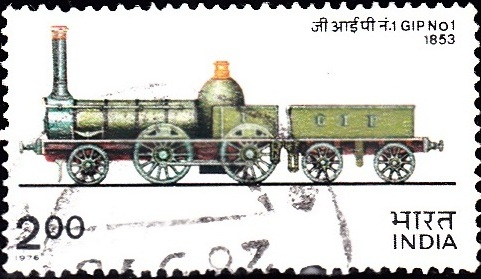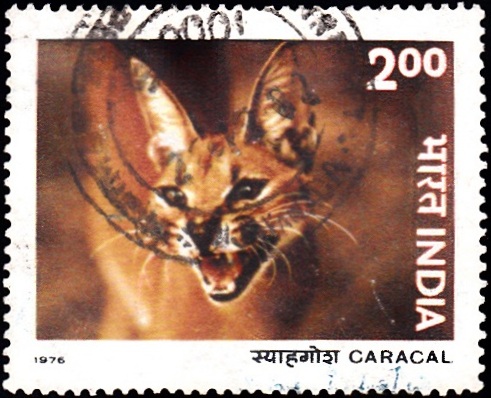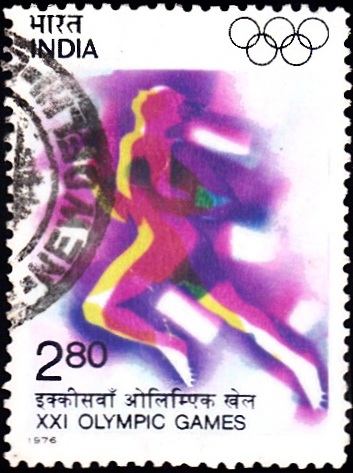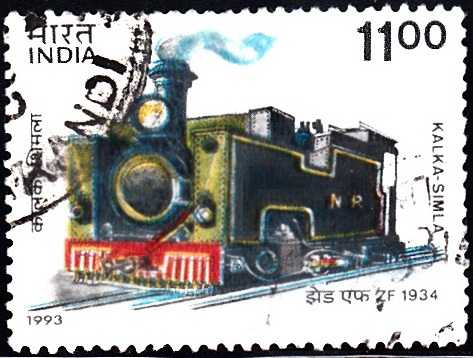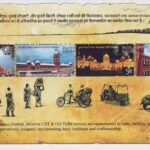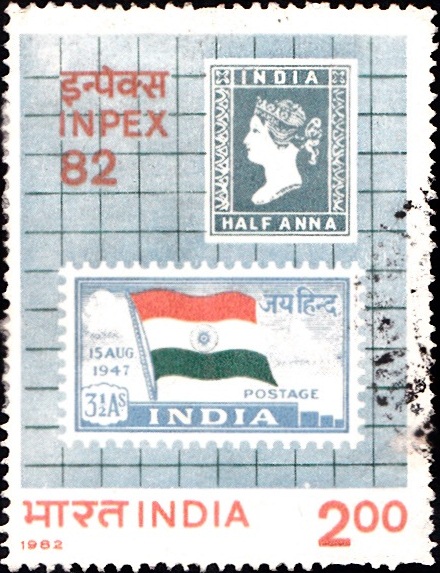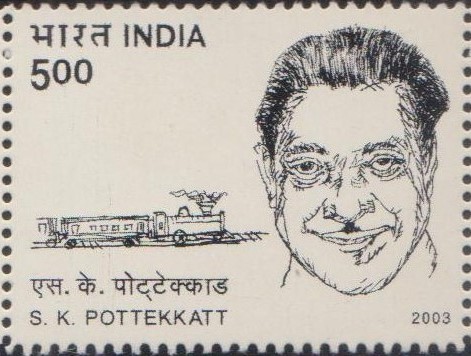
Indian Locomotives 1976
Complete Set of 4 nos of special postage stamps on Locomotives of India : WDM 2 (1963), F/1 (1895), WP./1 (1963) and GIP No. 1 (1853) :
Issued by India
Issued on May 15, 1976
Issued for : The Posts and Telegraphs Department is happy to bring out a series of four special postage stamps on locomotives.
Type : Stamps, Postal Used
Denomination : 25, 50, 100 & 200 Paise
Colour : Multi-colour
Overall Size : 4.06 X 2.28 cms.
Printing Size : 3.80 X 2.00 cms.
Perforation : 14 x 14½
Watermark : Printed on unwatermarked adhesive coated paper
Number Printed :
25 P. – 5 Million
50 P. – 3 Million
Re. 1 – 2 Million
Rs. 2 – 2 Million
Number per issue sheet : 50
Printing process : Multicolor Gravure Process
Designed & printed at : India Security Press
About :
- The Indian Railways had a fleet of 8682 steam locomotives, 1702 diesel locomotives and 729 electric locomotives.
- The different classes of locomotives depicted on the stamps are GIP No. 1, F/1 Metre-Gauge, WP./1 Broad-Gauge and WDM2 Diesel.
- GIP No 1 : This engine is representative of the earliest engines employed in India. To operate the train service between Bombay and Thana, the Great Indian Peninsular Railway ordered eight locomotives from Vulcan Foundry, England. These engines GIP Nos. 1-8 were manufactured in 1852, bearing maker’s numbers 324-331 and were, expecting two contractor’s locomotives of 1851, the earliest type in service on the railways of India. The first engine entered service in 1853.
- F/1 : This was the most widely used engine on Indian Railways before independence. It was extensively used on the Rajputana Malwa Railway which became the metre-gauge section of the Bombay – Baroda and Central Indian Railway. The first of these engines was built by Dubs and Company at Glasgow in 1875 and weighed 19 tons. From 1895, these engines also were manufactured in India at the Ajmer Railway Workshop. These were withdrawn from active service in 1958. The engine depicted on the stamp was manufactured at Ajmer in 1895.
- WP/1 : The standard post-war broad-gauge express locomotive is the WP class 4-6-2 ‘Pacific’ type. This design was the outcome of detailed study of previous types and incorporated the result of research into efficiency and mechanical details. Sixteen prototype engines were built in the United States in 1947 and after exhaustive trials and minor alterations, 300 further engines were ordered from a number of suppliers. In 1963, manufacture of this type was started at Chittaranjan Locomotive Works.
- WDM2 Diesel : This is the most widely used diesel locomotive in India. This locomotive is a mixed class design with 2,600 h.p. weighing 113 tons and hauls freight trains of 2,250 tons and mail trains with 18 coaches. These engines haul nearly 56 per cent of the total freight traffic on the Indian Railways and important mail and express trains. The Diesel Locomotive Works at Varanasi has a capacity to manufacture 120 such locomotives per year.



